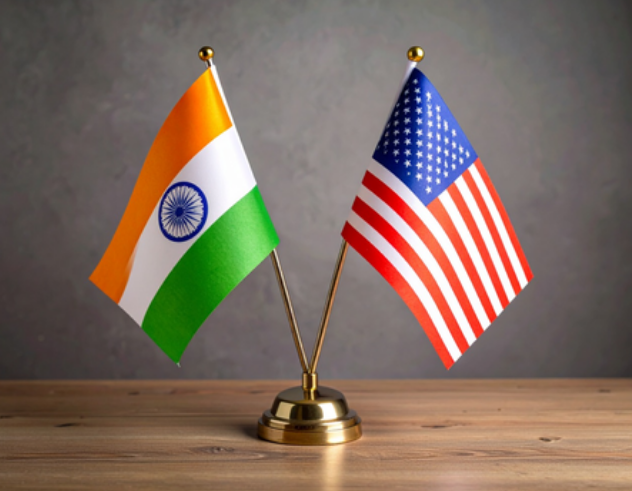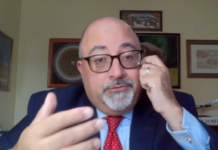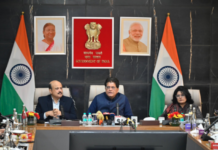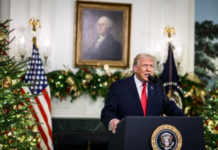NEW DELHI– U.S. President Donald Trump’s decision to impose a 25% tariff on Indian imports, along with a penalty over Russian oil purchases, could serve as a catalyst for renewed trade negotiations, according to HSBC Global Research.
Despite the aggressive move, India has signaled its willingness to stay engaged in talks. “The Indian government’s response on staying committed to negotiations speaks to that,” HSBC noted Thursday.
The U.S.-India trade deal had already advanced significantly but stalled over key issues — notably Washington’s push for greater access to India’s agriculture, dairy, and genetically modified feed sectors, areas India has been reluctant to open due to its large farming population.
Other hurdles included trade in animal-based oils and India’s non-monetary trade barriers, such as import bans and licensing rules, which Trump has criticized as “strenuous and obnoxious.”
An added demand now appears to be for India to halt its oil imports from Russia. While India imports approximately $220 billion in oil annually, it has recently sourced about 35% from Russia — a sharp increase from just 3% in 2021. HSBC noted that India has reduced oil imports from the Middle East and the U.S. over the past five years, but could revert to those suppliers. In fact, July data shows a significant drop in Russian oil imports.
“Alongside some give-and-take in the sticking points discussed above, resolving the issue around oil purchases could guide the way forward,” HSBC economists wrote.
HSBC estimates that the 25% tariff, if implemented, could shave over 0.3 percentage points off India’s GDP growth. The impact of the unspecified penalty on Russian oil is expected to be additional.
Trump’s new tariff structure ranges from 15% for Japan and the EU to 20% for Vietnam, Indonesia, and the Philippines — placing the 25% tariff on India at the upper end of the spectrum. (Source: IANS)













